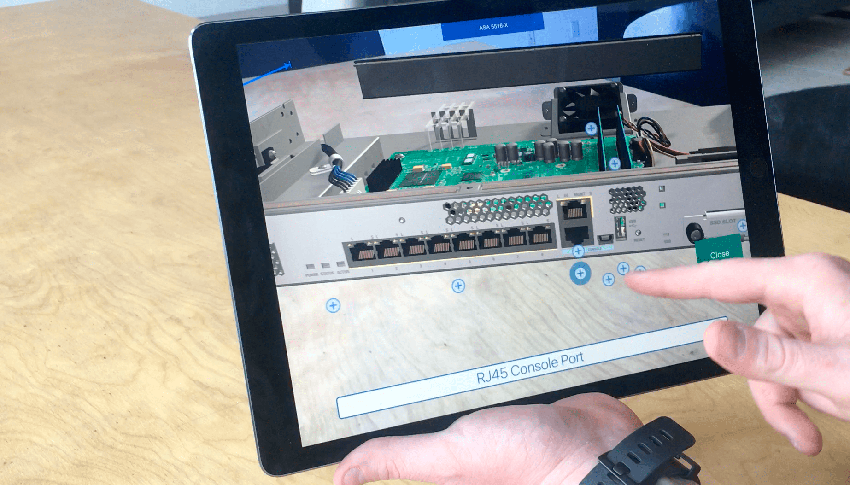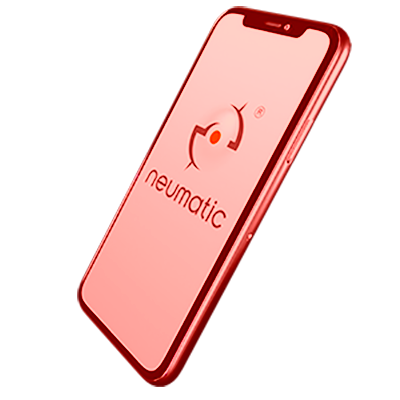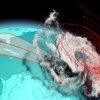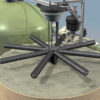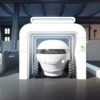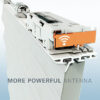VR platforms and technologies are rapidly improving and we develop VR & AR apps for many of the leading technologies: Oculus Rift, HTC Vive, Google Daydream, Google Cardboard, Samsung Gear VR, AR for iOS and Google’s ARCore.
VR & AR Tech Explained
Virtual Reality & Augmented Reality Technology Platforms
We assist our clients in deciding which technology matches their marketing goals and budget to optimize reach and ROI.
Various levels of immersion
Virtual Reality vs. Augmented Reality
Virtual Reality (VR) and Augmented Reality (AR) differ in their levels of immersion.
VR replaces your view with a fully crafted environment giving you the feeling that you are
somewhere else entirely different than your physical location.
AR adds to your physical world by overlaying virtual elements on top of the actual physical environment.
Tethered VR
Considered the more immersive of the two formats of VR, Tethered VR involves head mounted displays (HMDs) that are tethered to a robust PC. With Tethered VR, your visuals are generated from the powerful graphics card of the PC and projected through the display in the HMD. You may also have other inputs such as hand held devices that track your hand position and are used to select and interact with items in the virtual space.
Room-scale tracking is a key advantage to Tethered VR. The external sensors and sensors in the HMD and hand held controllers allow for room-scale tracking of the user’s whole body. Immersion in this format is more complete as it tracks the user’s movement of both the body and the head. This allows the user to virtually move around the virtual space.
Tethered VR Devices We Develop For:
Oculus Rift, HTC Vive
Key Features
Tethered to a high-end PC
Fully immersive experience
Full Positional Tracking
Various hand-held controllers/ inputs
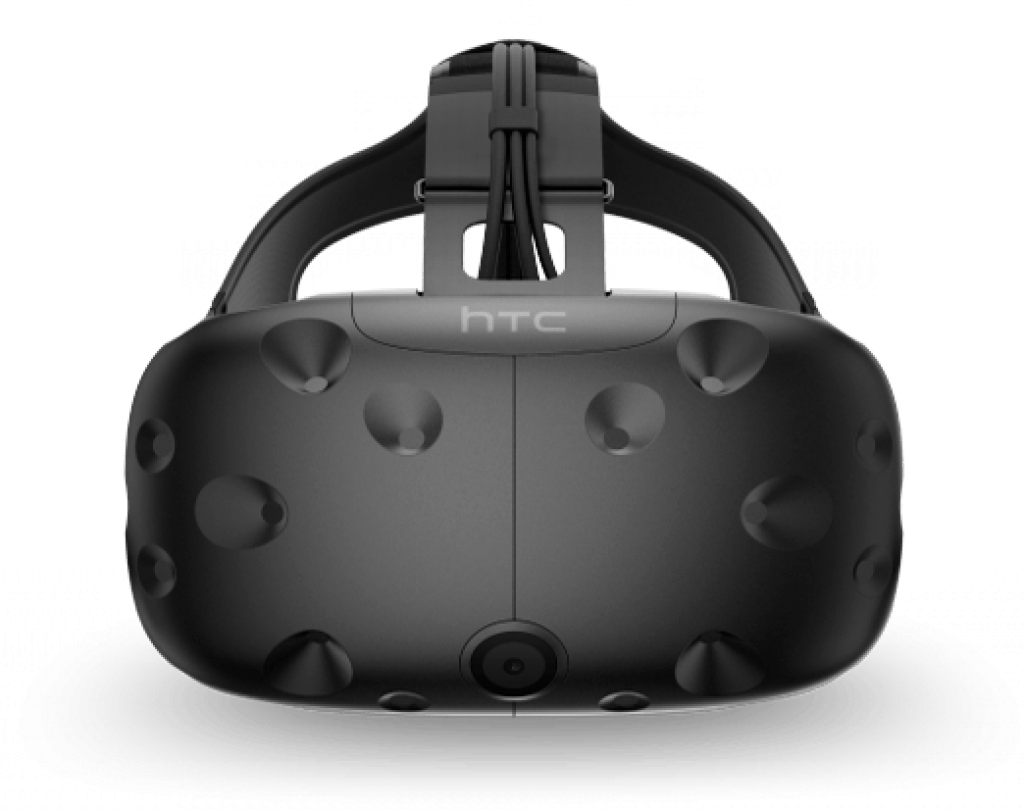
Highly Immersive VR
HTC VIVE
Best In Class
A fast image refresh rate and high resolution images puts this headset at the top of the list for a seamless experience.
Excellent Room Tracking
Laser towers that track the user's position detect which direction the user is facing and moving at all times to create a highly interactive experience.
Ideal Use Case
Ideal for larger scale experiences that utilize the tracking capabilities.
VR in Comfort
OCULUS RIFT
Built In Sound
Built in headset and audio programming makes for a more spatially accurate experience and is one less piece of hardware to manage.
Room Tracking & Hand Controllers
Cameras accurately track the user's position and easy to use hand controllers make for interactive experiences.
Sleek Comfort
Fabric-covered headset and sleek design make the head mounted display easy to wear over long periods.
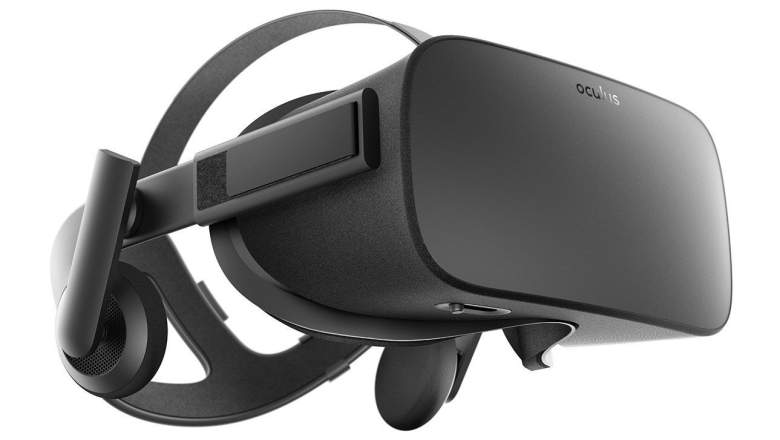
Mobile VR
Mobile VR works by pairing a smartphone with a portable VR device to generate the VR experience. Because it uses the phone as its mode of display and processing, Mobile VR is the most scalable version of VR and the most accessible to the masses. The trade-off of accessibility and mobility is in the quality of the rendering and the complexity of the experience.
Mobile VR allows for head tracking and is untethered from a computer. Some devices utilize a Bluetooth controller for selection and interaction.
Head tracking allows the user to look up and down, side-to-side but there is no positional tracking which you won’t be tracked moving forward or back.
This makes the experiences mostly stationary but you have the ability to look around the environment with your head.
Mobile VR uses your smartphone to run a VR mobile app to produce visuals in a split screen stereo image. Slip the phone into the VR device (not always made of cardboard) which then separates the split screen image. The VR device can either be hand held or strapped on to your face.
Mobile VR is a less expensive mode for delivering VR and is best used in shorter VR experiences from 3-5 minutes. It is ideal for events and conferences.
Mobile VR Devices We Develop For:
Google Cardboard, Google Daydream, Samsung Gear VR
Key Features
Untethered and mobile
Display & processing handled by smartphone
Ideal for expos and events
Interaction via Bluetooth, touch or gaze
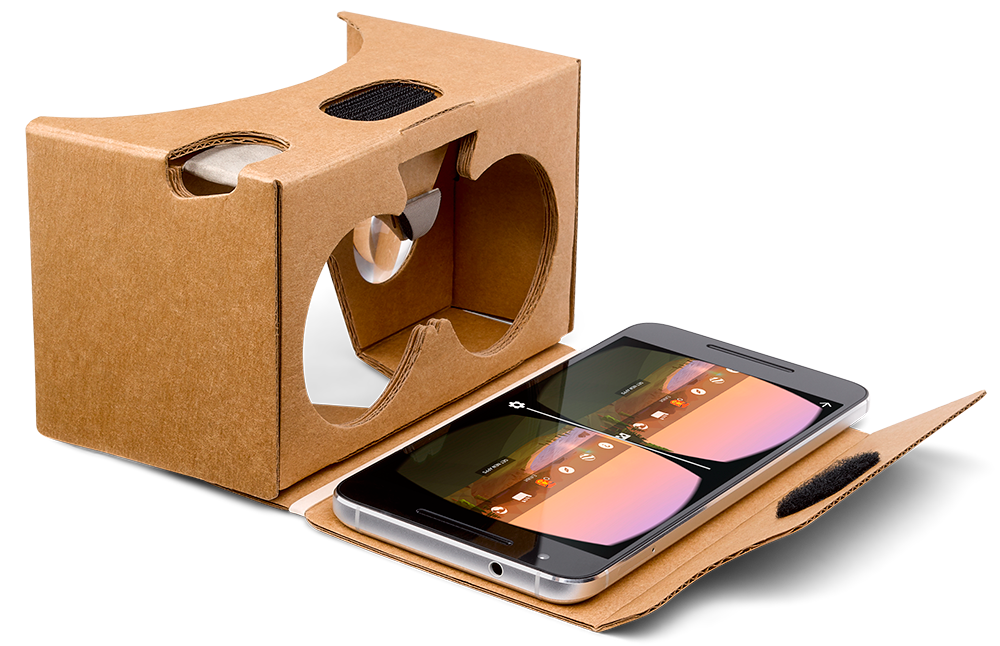
Democratized VR
GOOGLE CARDBOARD
Affordable and Easy to Use
Handheld headsets are made from either cardboard or plastic making them less expensive and light weight. Used with smartphones. Compatible with Android and iOS.
Hand Held With Some Interaction
User gaze, touch and head movements are used for interaction and navigation.
Ideal Use Case
Best used for shorter 3-5 minute experiences. Perfect for expos and conferences as branded marketing take-aways.
VRNocular Cardboard Device
Our sister company Kinmode has designed a compact, stylish, fold-able Cardboard device: VRNocular.
Cardboard to the next level
GOOGLE DAYDREAM VIEW
Upgrade from Cardboard
More comfortable to use and more durable than a Cardboard device. Use with a high resolution Daydream ready mobile device.
Bluetooth Controller
Navigate and control the virtual environment with the bluetooth controller that functions differently depending on the context.
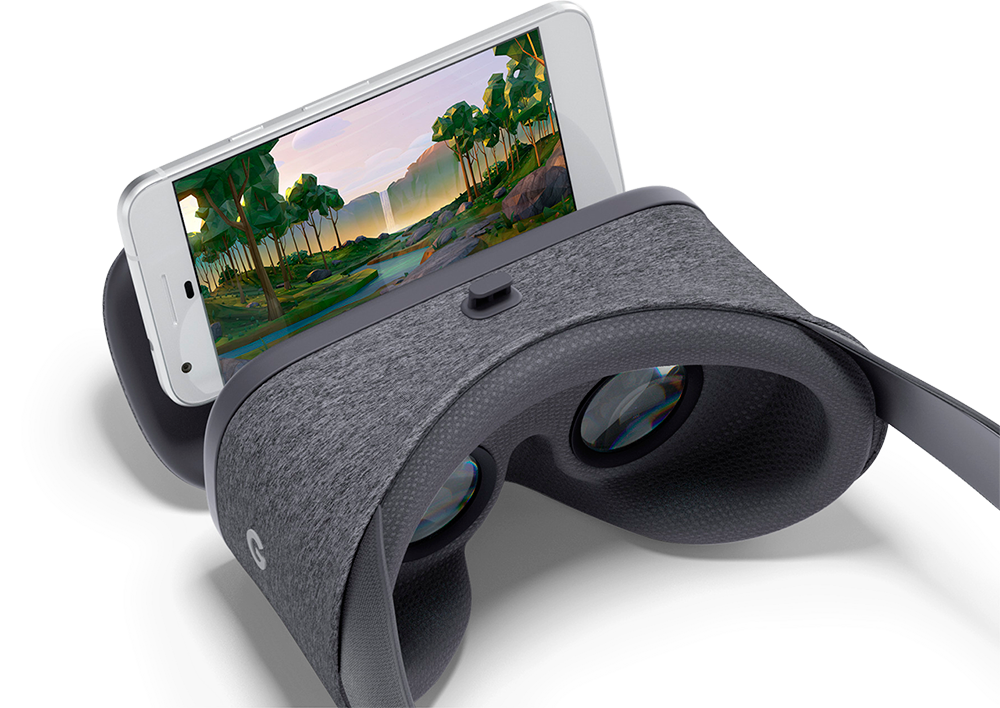
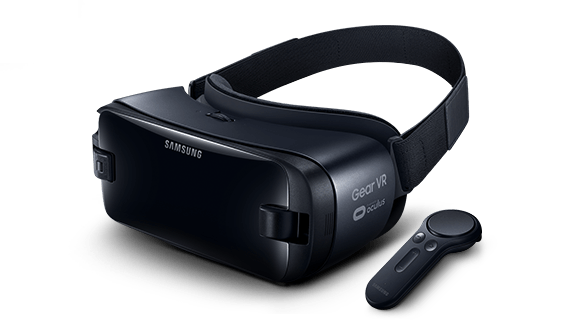
Amped-Up Mobile Viewing
SAMSUNG GEAR VR
Powerful Viewing with Samsung Technology
High-performance phones with large displays and advanced sensors allow for fast and smooth tracking and high resolution images.
Hand Held With Some Interaction
Intuitive handheld controller allows for additional manipulation of the environment and easier selection and interaction. Sensors track the rotation of the head.
Ideal Use Case
It works well for event activations where you can have several units in a single booth.
Augmented Reality
What defines Augmented Reality (AR) from VR is the amount of transparency provided in the display. With VR you are fully immersed in the digital image. The “real world” is not visible when using a VR device. With AR, the user is seeing digital information superimposed on top of the real world.
AR is ideal for product demos, training, education and retail applications. Lowe’s has successfully been using AR to direct customers through their large warehouse stores. And we all know how Pokemon Go Mobile AR app went down. That app was a spectacular win for AR and put AR on the map for the general consumer.
Some AR devices have the ability for fixed spatial placement of digital models. What this means is the device maps the physical space and is then able to place the 3D digital model in space as if it were actually there.
Augmented Devices We Develop For:
Microsoft Hololens, Mobile AR (iOS & Android)
Key Features
Untethered and mobile
3D digital objects overlaid on reality
Interaction via touch, gesture, voice or Bluetooth
Ideal for training, education, sales & marketing
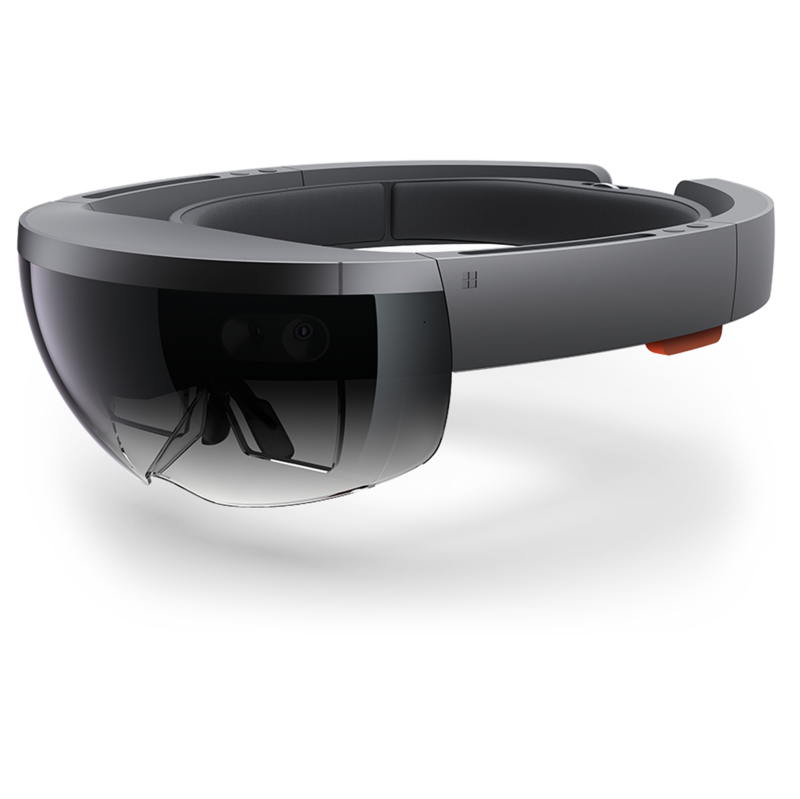
Positional Augmented Headset
MICROSOFT HOLOLENS
Untethered and Powerful
The self-contained processor built into the device allows for freedom to walk around and interact with the high-resolution 3D digital holograms projected into your physical space.
How It Works
Cameras and sensors in the headset track your position in space as you move around digital objects. Activated by hand gestures, voice, or Bluetooth controller.
Ideal Use Case
It is hailed by some as the future of computing and is an excellent marketing, educational and training tool. Perfect for product demos and demonstrating workflows.
Augmented Reality Anywhere
MOBILE AR
Highly Accessible
Mobile AR uses your smartphone to overlay digital information onto the real world.
Because it is viewed through any smartphone’s camera, it is a highly accessible platform.
Works on both iOS and Android devices
3D Virtual Worlds At Your Fingertips
3D digital content is activated by GPS, print images, or physical objects. Simply point the smartphone camera at an object or print image and digital 3D content is triggered.
Ideal Use Cases
Perfect for product demos, sales & marketing, education, tourism, and training.
